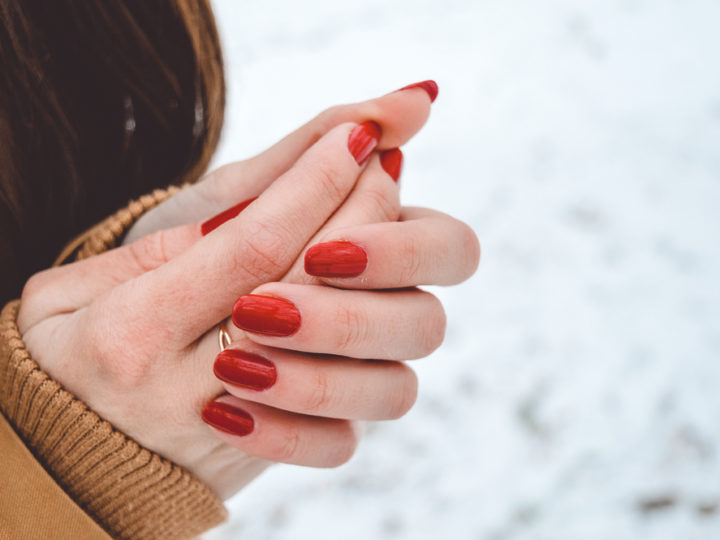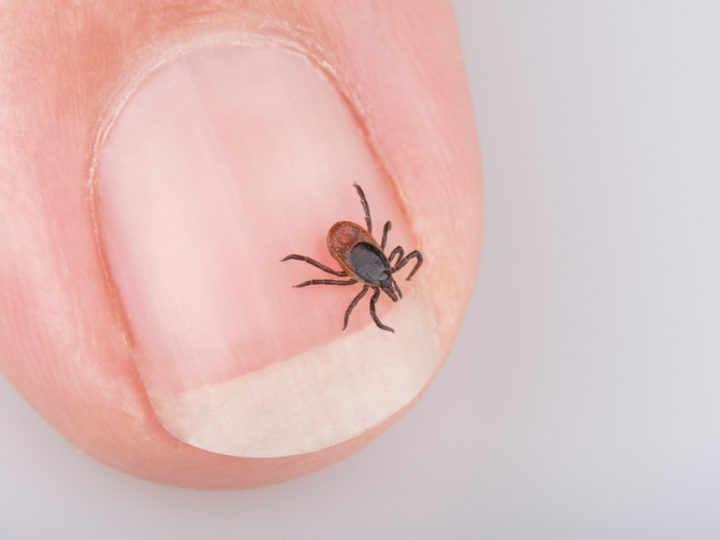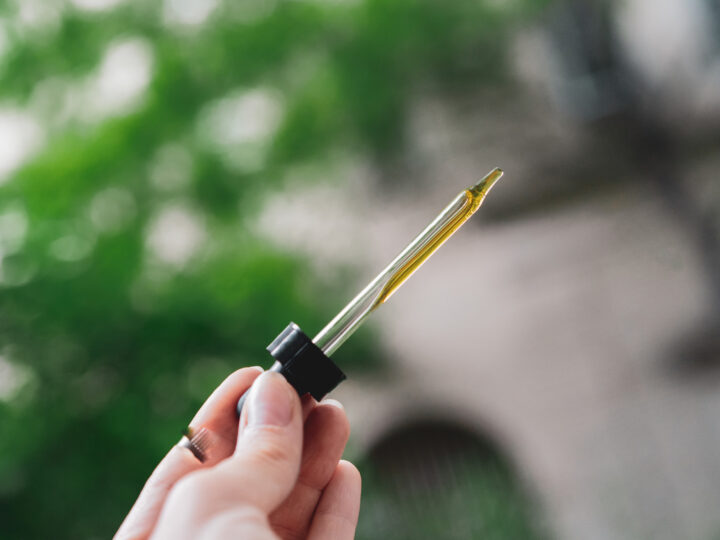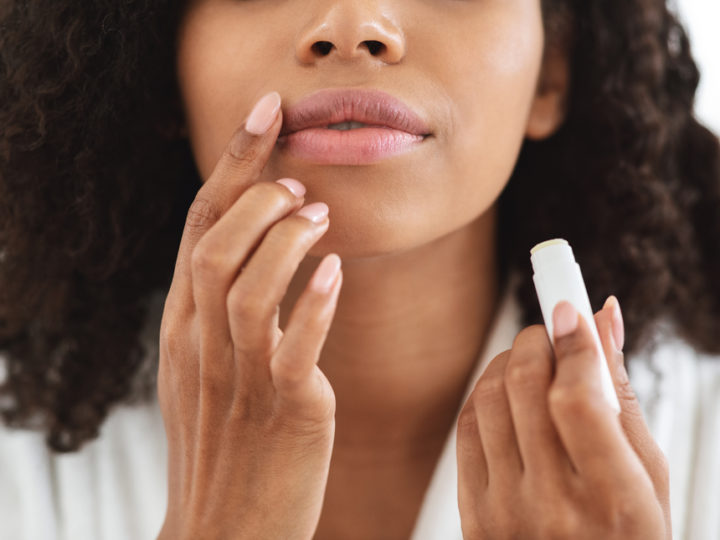PMS TEAS AND TINCTURES
Eastern Medicine For When Aunt Flow Visits
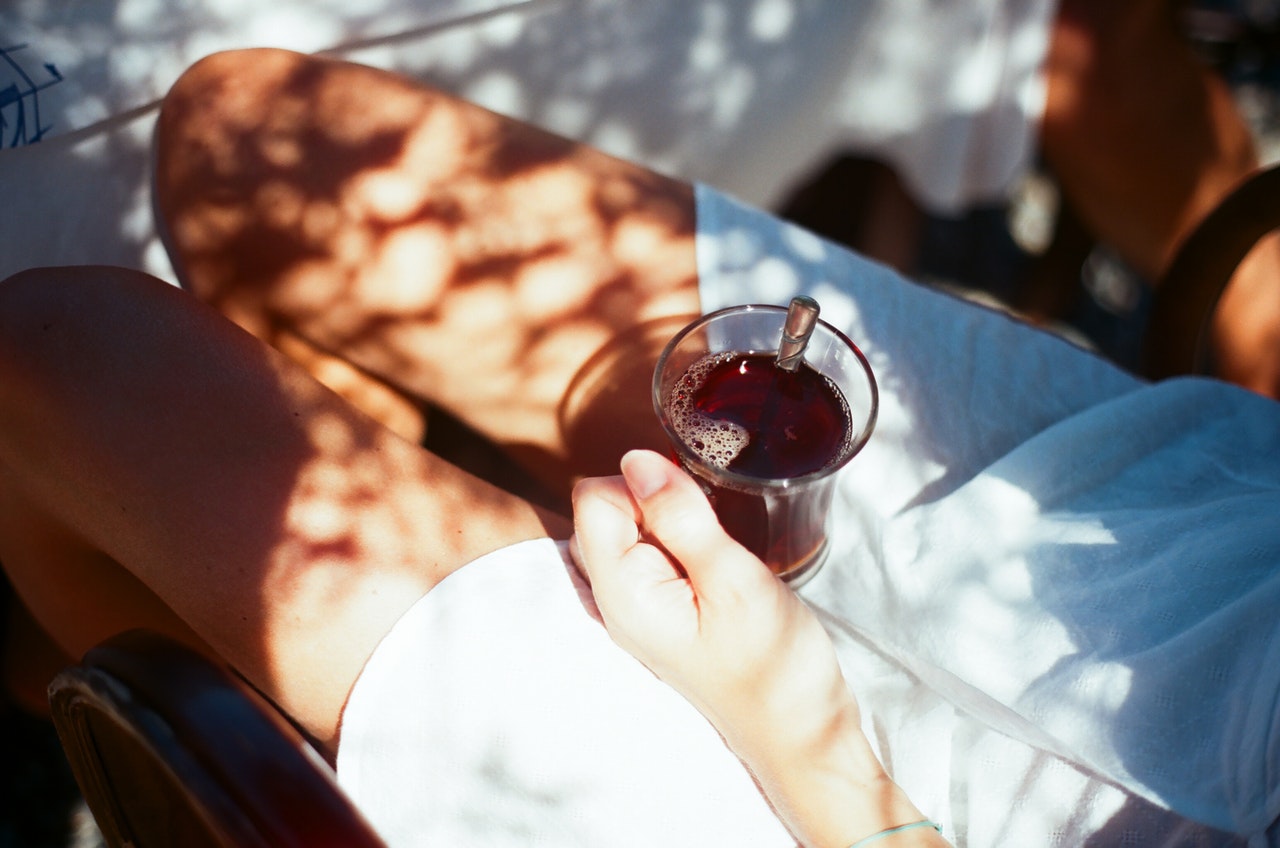
Aunt Flow is here. It’s that time of the month. The crimson tide has arrived. It’s shark week!
Whatever you call it, your period has arrived. That means you probably need a way to ease your symptoms, get some energy back, and make it through the week like the boss babe you are.
When Midol doesn’t cut it, TCM has your back.
Your Period, According to TCM
First, let’s go over the basics of your period according to Traditional Chinese Medicine.
In TCM, your period is known as the blood phase of your menstrual cycle. TCM theory believes that we need to replenish the energy we lose from bleeding by nourishing our blood and working to slow down Qi circulation.
PMS, on the other hand, is thought to be caused by stagnant liver Qi or Blood. Your Liver helps Qi and blood flow throughout your body. So when the Liver is blocked, blood pools up in the uterus, making your monthly period more painful.
With all that in mind, here are some proven TCM recipes that will help you survive that time of the month.
TCM Recipes For Your Period
Goji Berry and Jujube Tea
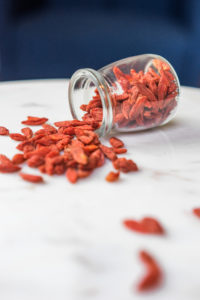 Red dates, also known as jujubes, are a traditional Chinese superfood. They’re loaded with antioxidants, fiber, and vitamin C. Here in the west it’s much easier to find dried Jujubes than fresh ones, but some specialty grocery stores near you might keep them in stock. In TCM, they’re used to replenish blood and yang energy, which makes them great for that time of the month.
Red dates, also known as jujubes, are a traditional Chinese superfood. They’re loaded with antioxidants, fiber, and vitamin C. Here in the west it’s much easier to find dried Jujubes than fresh ones, but some specialty grocery stores near you might keep them in stock. In TCM, they’re used to replenish blood and yang energy, which makes them great for that time of the month.
But this recipe features another superfood, too. Like red dates, Goji berries are chock full of good-for-you vitamins and nutrients like antioxidants, Iron, and Vitamin A. According to TCM theory, goji berries help support the Liver and Kidney while nourishing the blood.
In this recipe, goji berries and jujube work together to strengthen your Qi and boost circulation which can help power you up during your period and ward off PMS. Plus, it’s a delicious and easy-to-make tea that you can enjoy hot or cold.
Ingredients
- 8 dried jujubes
- ½ cup dried goji berries
- 8-10 cups water
- Honey, sugar, or other sweetener (optional)
Instructions
- Wash your goji berries and jujubes with cool water.
- Next, place them in a large pot on the stove, along with 8-10 cups of water. For a stronger taste, use less water (and vice versa).
- Place a cover on the pot and bring it to a boil. Once the mixture is boiling, lower the heat to a simmer and let it cook for one hour.
- After simmering for an hour, you can stir in your sweetener of choice. Then strain and pour the contents of the pot into a pitcher and enjoy hot or cold.
Ginger Tea With Brown Sugar
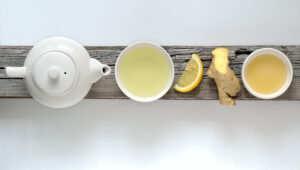 Ginger tea with brown sugar is an old TCM remedy for whenever you’re feeling crummy. It’s thought to be good for everything from gas and bloating to the common cold. The star of the show is gingerol oil which is proven to ease nausea, indigestion, and dreaded menstrual cramps. It’s also good for lowering inflammation that can make PMS worse. Like the jujube and goji berry tea, this drink is scrumptious hot or cold.
Ginger tea with brown sugar is an old TCM remedy for whenever you’re feeling crummy. It’s thought to be good for everything from gas and bloating to the common cold. The star of the show is gingerol oil which is proven to ease nausea, indigestion, and dreaded menstrual cramps. It’s also good for lowering inflammation that can make PMS worse. Like the jujube and goji berry tea, this drink is scrumptious hot or cold.
Ingredients
- ¼ cup of fresh sliced ginger
- ½ cup of packed brown sugar
- 5 cups of water
Instructions
- Gently scrub your ginger to make sure it’s clean. Slice into thin sections or crush.
- Combine ginger and water in a large pot on the stove. Bring to a boil.
- After the mixture is boiling, turn the heat down to a simmer for half an hour.
- Add the brown sugar (you can use more or less, depending on how sweet you want it to be) and then bring the mixture to a boil again for 30 seconds.
- Strain out the ginger and place the tea in a pitcher to drink hot or cold.
DIY Dong Quai Tincture
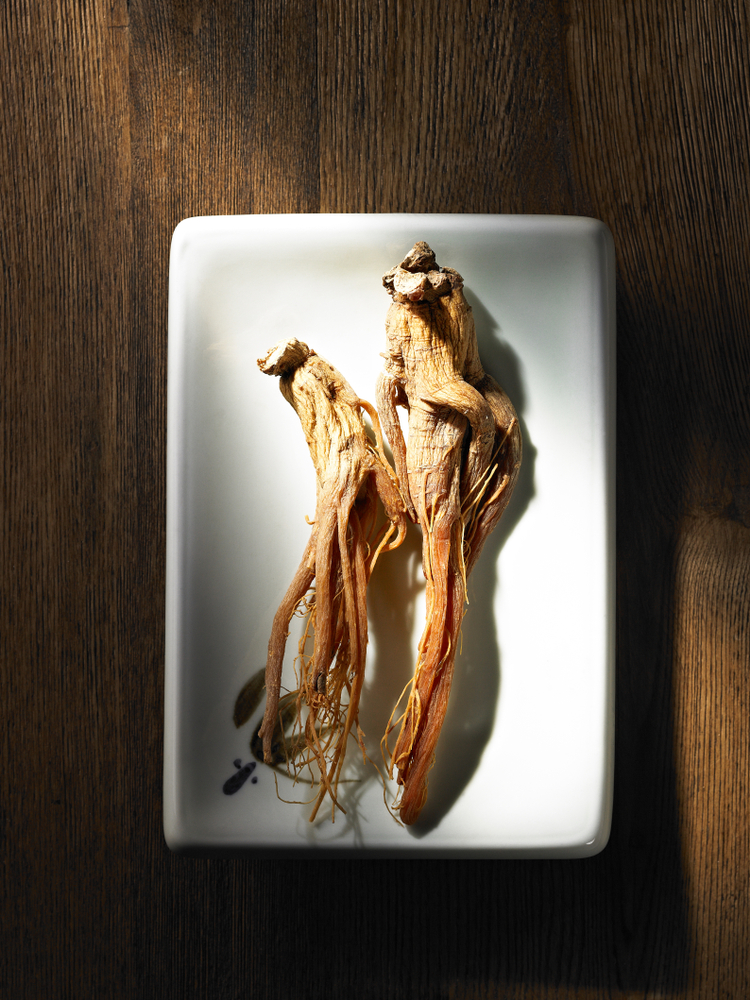 If you need something a little more hardcore than herbal teas to get you through Aunt Flow’s visit, it’s time to brew up a dong quai (also known as ginseng) tincture. Dong quai is a root vegetable similar to a carrot or celery and it’s used medicinally in TCM and other east Asian medical traditions. This herb is usually prescribed for women’s health issues, like PMS or menopause, because it has estrogen-like effects on the body. One study found that it helps with irregular periods and researchers think it eases menstrual cramps thanks to a compound known as Lugilstilide.
If you need something a little more hardcore than herbal teas to get you through Aunt Flow’s visit, it’s time to brew up a dong quai (also known as ginseng) tincture. Dong quai is a root vegetable similar to a carrot or celery and it’s used medicinally in TCM and other east Asian medical traditions. This herb is usually prescribed for women’s health issues, like PMS or menopause, because it has estrogen-like effects on the body. One study found that it helps with irregular periods and researchers think it eases menstrual cramps thanks to a compound known as Lugilstilide.
Dong quai is too delicate to be made into a decoction or tea, so it works well as a tincture. An herbal tincture is a liquid like vinegar or alcohol that has been heavily infused with a medicinal herb for a few weeks. While the herbs soak, the beneficial nutrients become infused into the tincture. Here’s how to DIY your own dong quai tincture at home.
Ingredients
- 20 oz 100 Proof Vodka
- 4 oz dried or 10 oz fresh dong quai
- An airtight container
Instructions
- First, chop up your fresh or dried dong qui into very small pieces.
- In an airtight container like a mason jar, combine the alcohol and dong quai and seal.
- Shake the container vigorously and then place in a cool, dark area.
- Shake the containers every day for 3-4 weeks.
- Once the mixture is done steeping, pour it through a strainer to remove the pieces of dong quai.
- Pour the tincture into a dark airtight container so the tincture stays protected from sunlight. Take half a teaspoon three times a day, or as directed by your TCM practitioner.
If your Midol stash and heating pad aren’t fighting off period problems, it’s time to turn to TCM. Try these recipes the next time Aunt Flow comes to visit and see the difference herbal medicine can make!
Newer
Post Corona Travel - Natural Prep Before, During & After
Older
When East Meets West: Treating Raynaud's Disease
Comments (0)
Leave a reply
You must be logged in to post a comment.

